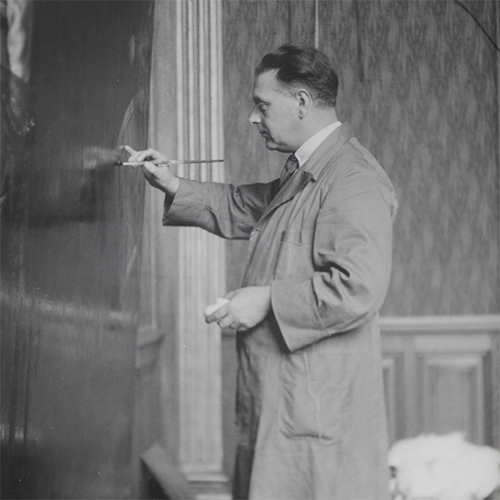Head and Hands: Arthur van Schendel and Henricus Mertens, and Their Unique Role in the Development of the Rijksmuseum’s Paintings Restoration Studio (1930-70)
DOI:
https://doi.org/10.52476/trb.9675Abstract
The unique character of a present-day conservator lies in the rare combination of working at an academic level with your head and at a craftsman level with your hands. This has not always been the case. Historically the role of a restorer was that of a technician, craftsman and artist, while that of the museum curator was that of a thinker, writer and academic. This article focuses on the relationship between the curator and later director, Arthur François Emile van Schendel, and the paintings restorer Henricus Hubertus Mertens. Both started their careers in the museum in the early nineteen-thirties. Van Schendel’s interest in restoration and technical research may have been kindled at that time, but was fanned during the war, when he worked with the museum’s two paintings restorers – Mertens and his colleague Christiaan Jenner – to preserve the paintings collection under difficult circumstances. After the war, Van Schendel continued to develop in this field and quickly became an internationally recognised authority. He was closely involved in the treatment of Rembrandt’s Night Watch, carried out by Mertens in 1946 and 1947. It brought the museum international acclaim and Mertens became known as the specialist in the restoration of Rembrandt paintings. Although the relationship between Mertens and Van Schendel became more distant as the decades progressed, the post-war paintings restoration studio grew into a renowned department with three permanent restorers and many national and international students. While Van Schendel was a key figure in the international field of restoration and technical research, for example as one of the founders of ICC, ICOM Care of Paintings and ICCROM, Mertens played a more modest role. His legacy was the paintings he left behind. His expertise was disseminated at a national and international level through his students. And so both Van Schendel and Mertens played their own unique role in bringing the restoration department of the museum internationally into view.
Downloads







